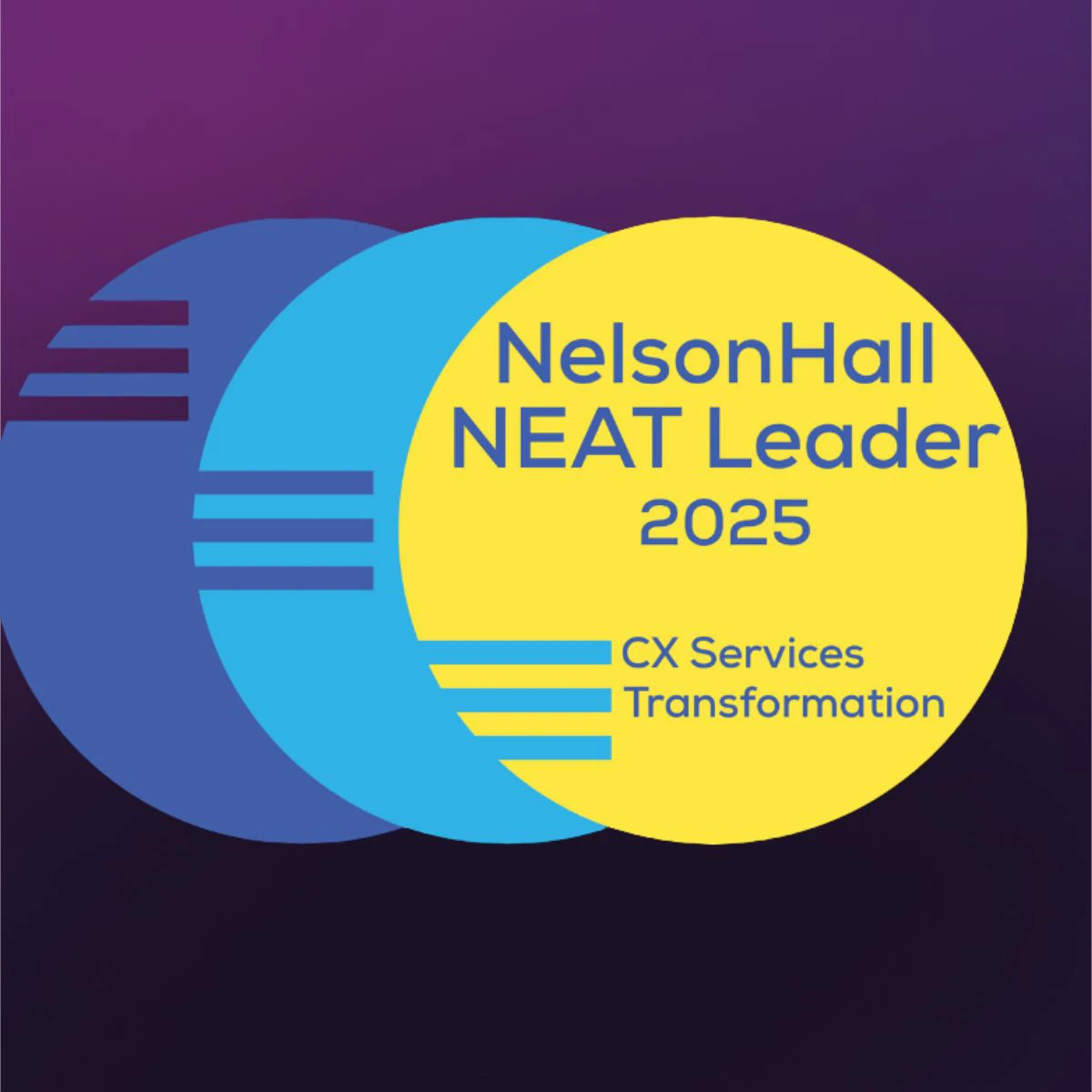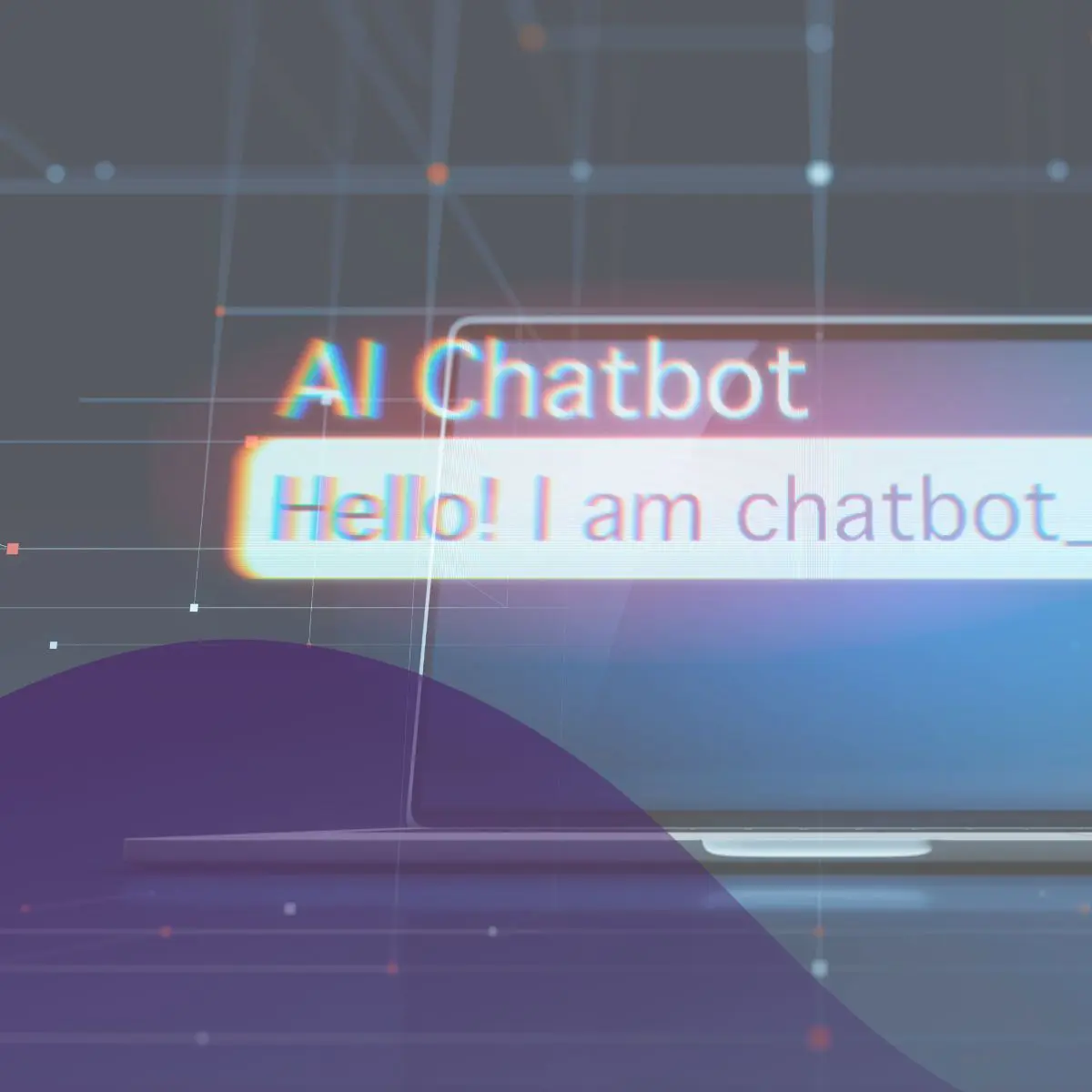Generative AI Market Trends
Generative AI (GenAI) is rapidly becoming a cornerstone of enterprises' digital strategies. IDC is seeing a wide range of adoption approaches that vary across business functions, industries, regions, and company sizes. Some businesses are still exploring GenAI's potential using copilots -- digital assistants based on large language models -- to provide information, knowledge and assistance for workers. According to IDC's most recent forecast (Worldwide Artificial Intelligence IT Spending Forecast, 2024–2028, # US52635424, October 2024), the GenAI market is poised for significant growth, with projections indicating that worldwide spending on this technology will grow from $19.3 billion in 2023 to $304.3 billion in 2028, at a compound annual growth rate of 73.5%.
Market Adoption Patterns
GenAI in general and copilots in particular are seeing varied adoption patterns across different sectors. Productivity both across the corporation and within departments is the top use case (approaching 50%) for GenAI, according to IDC's Global GenAI Technology Trends Survey 2024 (July 2024, #US52224724). For many organizations this means using GenAI for tasks such as summarization, extracting key points from documents, knowledge acquisition, and content writing.
Challenges and Considerations
One of the significant challenges organizations face with GenAI and copilots is justifying the return on investment (ROI). The cost of copilot capabilities can be a substantial expense for some organizations, and many CIOs are worried about how to justify the ROI.
Another critical consideration is the build versus buy argument. Some enterprises have built their own copilots using platforms like Azure Open AI, while others have opted to license existing solutions, several of which provide significant customization capabilities. This decision often hinges on the specific needs and capabilities of the organization, as well as the availability of internal resources to develop and maintain custom solutions.
A recent trend is that some vendors are now offering copilots that can be customized by the workers themselves. These copilot products offer a low code-no code capability to create personal actions and activities to improve a worker's individual productivity. In addition, these personal actions/activities can then be stored in a shared environment where other workers can access and use them. Simple activities such as collecting information and submitting that as a company expense report can be easily created and shared.
Safety and security are yet another challenge to GenAI adoption. There have been numerous examples of "hallucinations" and copilots getting access to information that they shouldn't have access to. Due to this, many organizations are also building "responsible AI" programs within their companies to ensure that any AI-enabled solution operates in a safe, secure, and responsible manner.
Use Cases and Benefits
Gen AI offers numerous benefits to everyday users, particularly in enhancing productivity and efficiency. For example, GenAI can be used to write starter emails that employees can tailor to fit their needs, draft contracts, and create marketing prose. These applications not only save time but also improve the accuracy of the output, making it easier for employees to focus on more strategic tasks.
One of the key advantages of GenAI is its ability to facilitate knowledge acquisition. By using large language models, GenAI copilots can help users learn about specific topics quickly and efficiently. Of course, since knowledge workers are using these copilots in their day-to-day work, they still need to be aware and check the information that the copilot has provided. One can think of the copilot as a very junior staff member who can provide information and data at a prodigious rate, but still needs to be checked for accuracy and veracity.
Future of Work and Critical Thinking
As GenAI copilots become more integrated into business processes, there is a growing concern about maintaining critical thinking skills in the workforce. How do we encourage and maintain a certain depth of critical thinking in our workforce with a tool that can just spit out an answer? This concern highlights the need for organizations to strike a balance between leveraging GenAI for efficiency and ensuring that employees continue to develop and apply critical thinking skills.
Implementation and Best Practices
To maximize the benefits of GenAI, organizations should consider implementing retrieval augmented generation (RAG) and knowledge bases tied to corporate repositories. These tools help connect large language models with internal data sources, improving the accuracy and relevance of the generated content. Using knowledge bases, semantic network capabilities, and RAG can help workers specify and hone down the answers to get to the specific things that they need to access, without the potential for oversharing.
Conclusion
GenAI in general and copilots in particular are transforming the way organizations operate, offering significant benefits in terms of productivity, efficiency, and knowledge acquisition. IDC recommends that businesses should start exploring with their trusted vendors and partners the use of both GenAI and copilots in POCs and trials within their organizations. Begin by developing strategies to identify and measure ROI with these programs and slowly expand them to the parts of the organization that need them the most.




